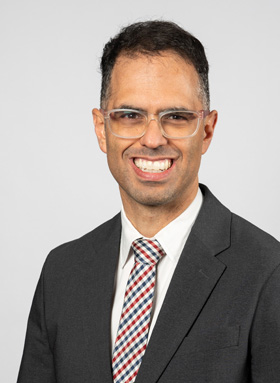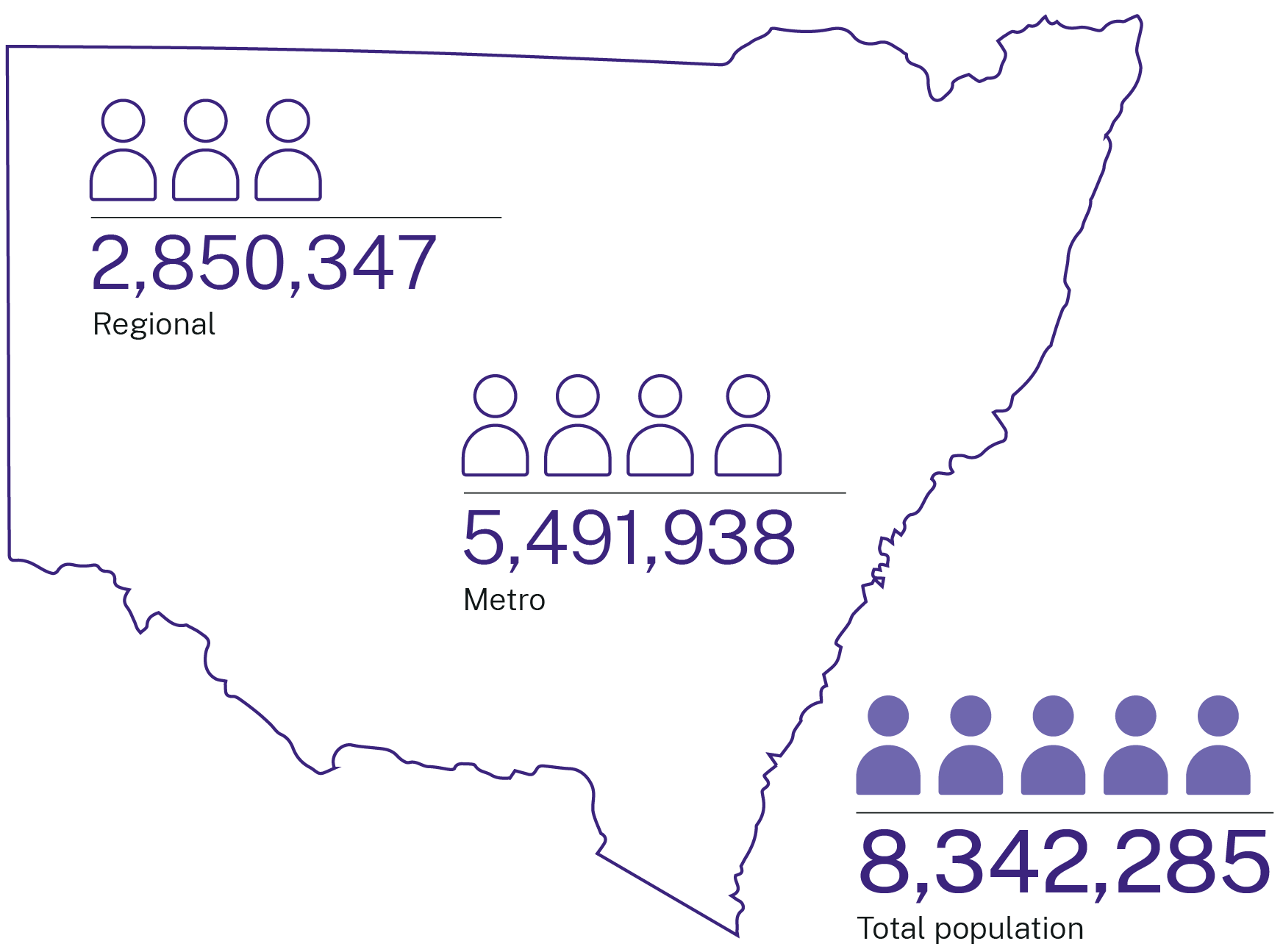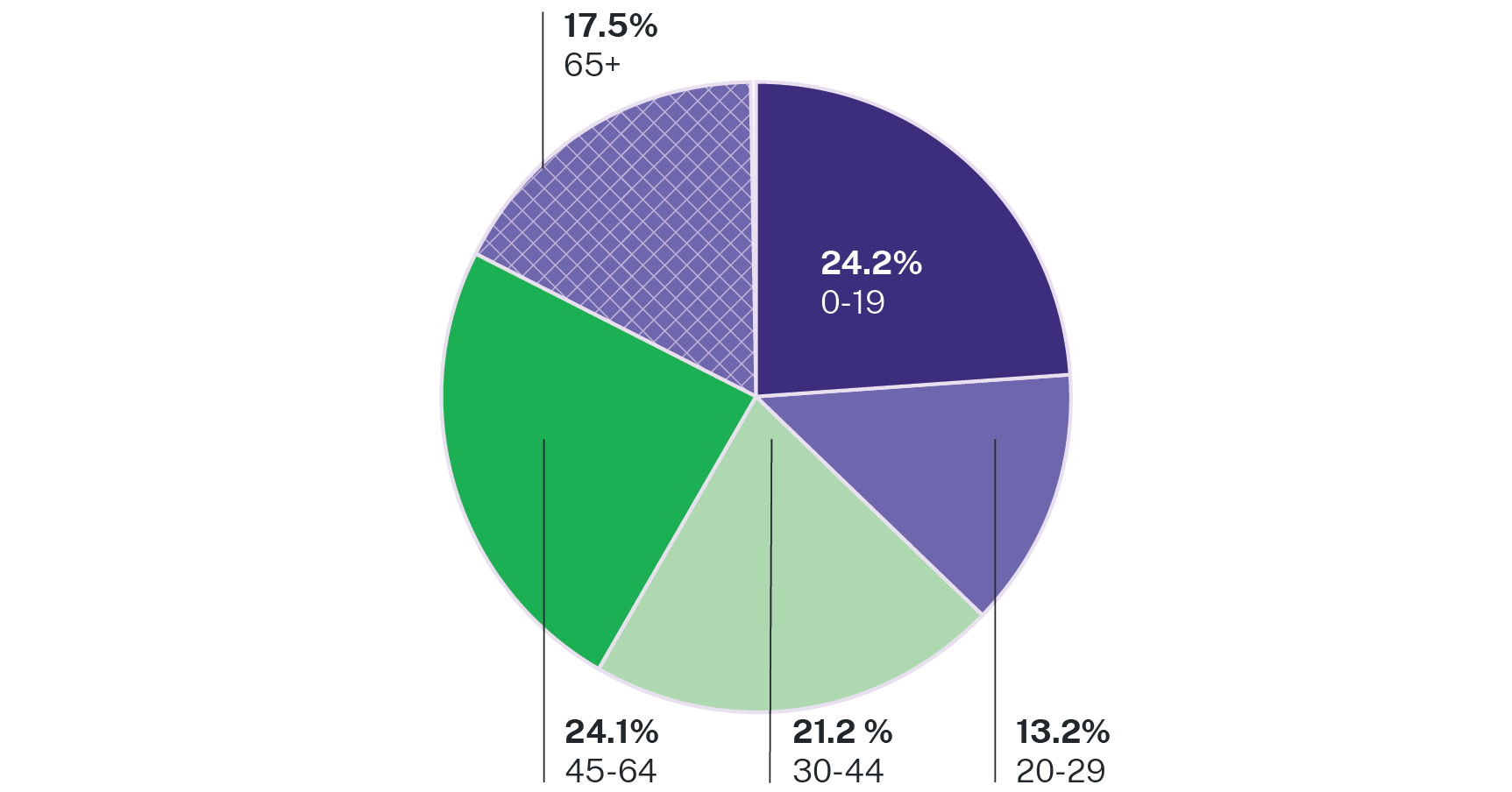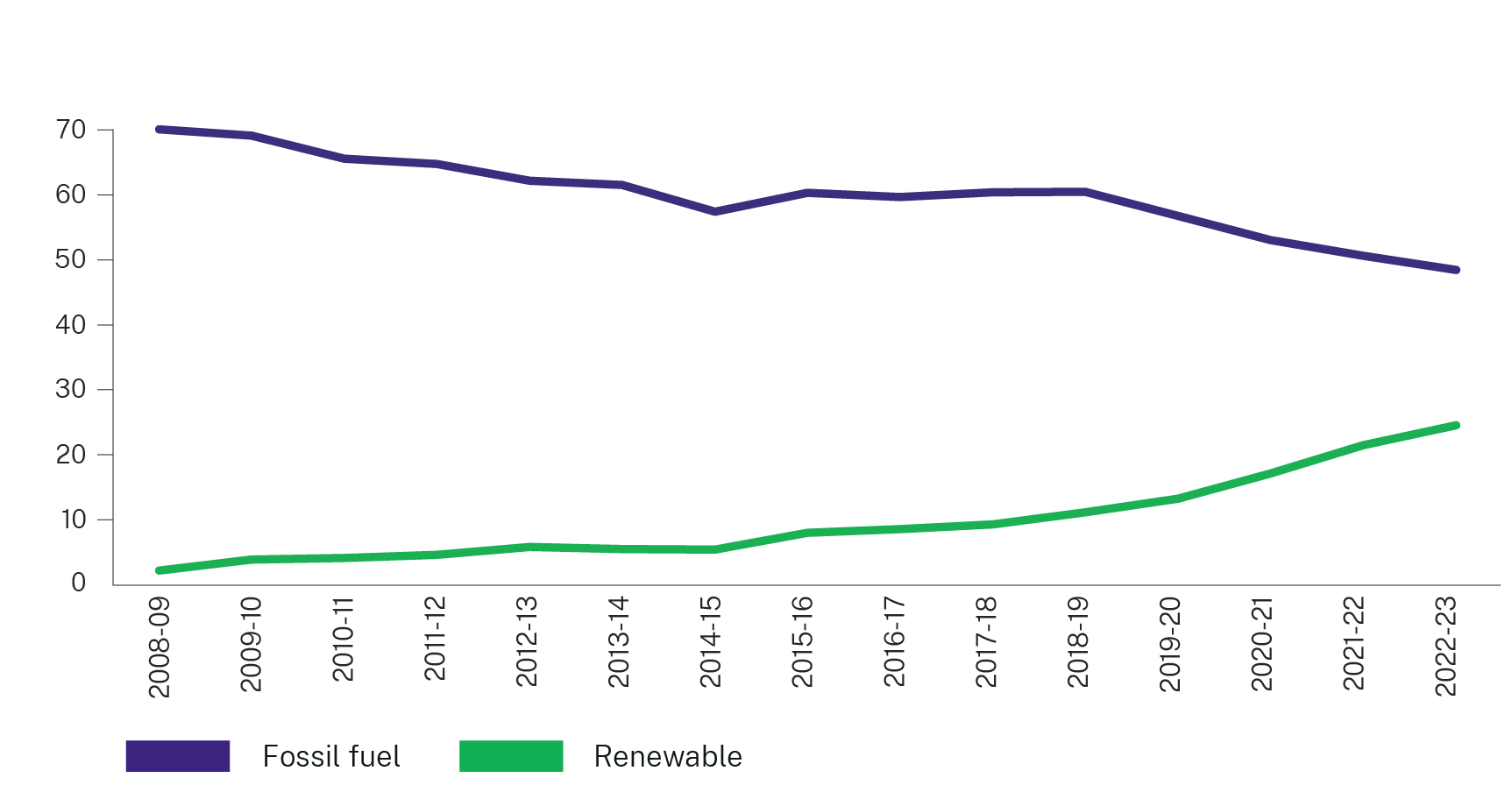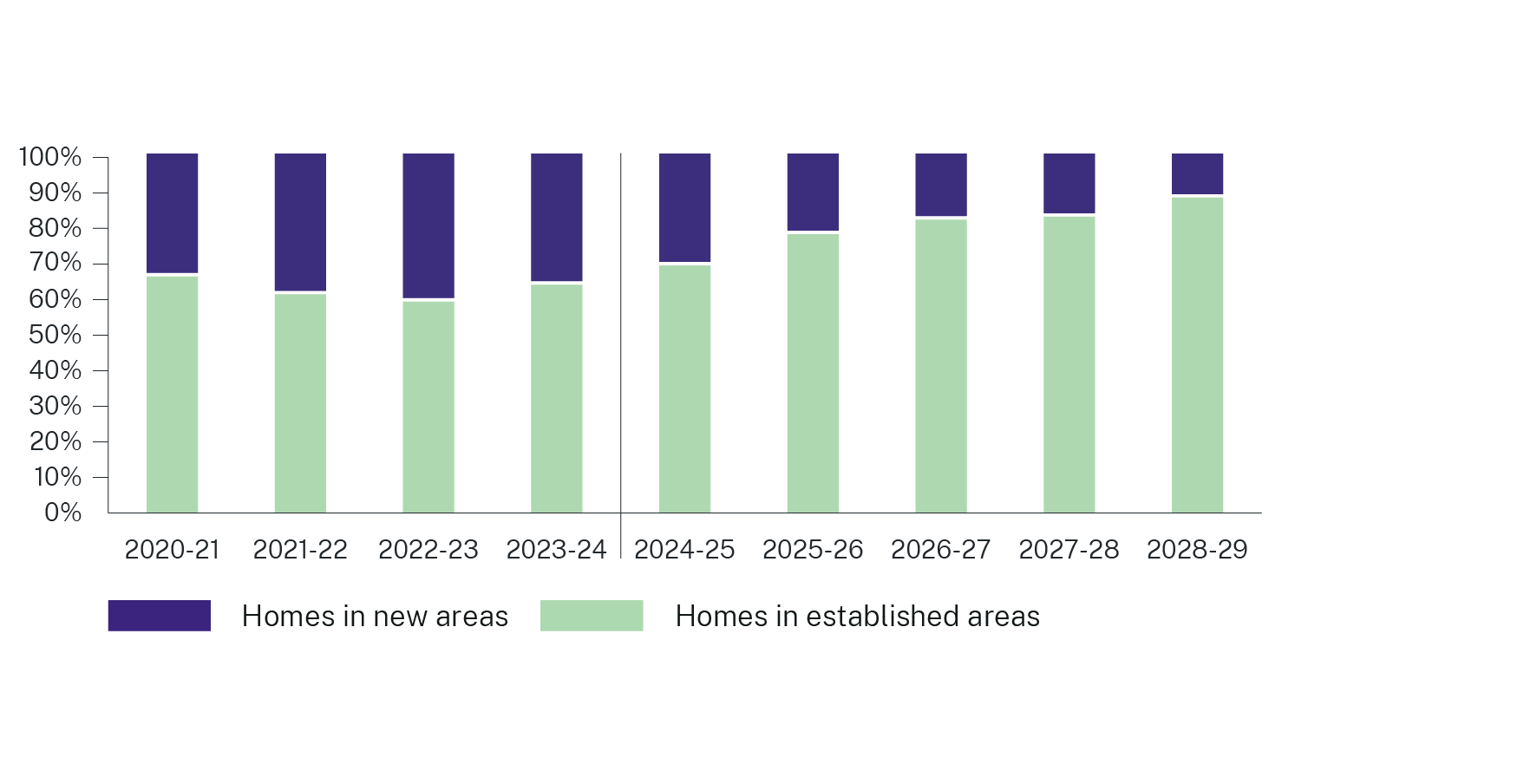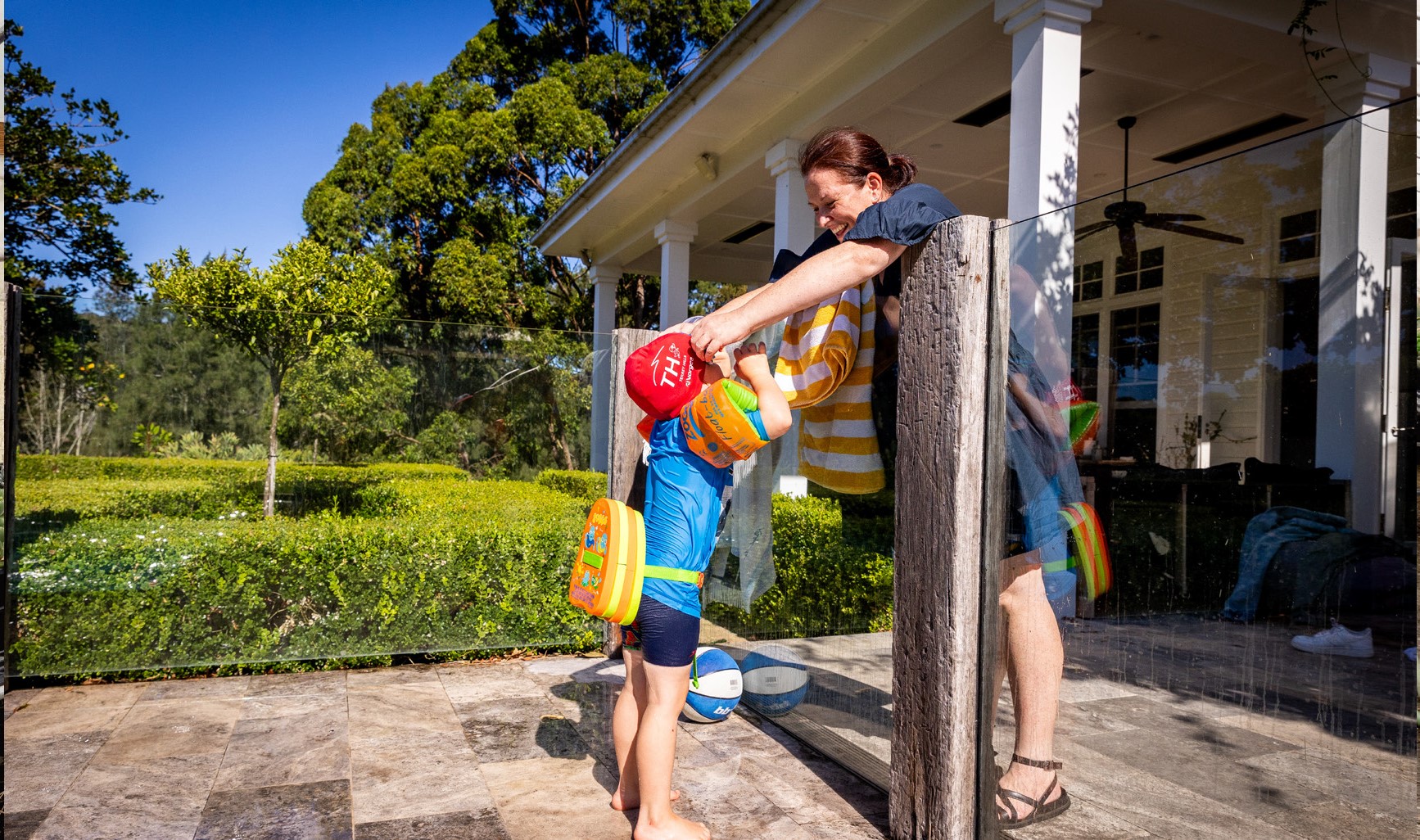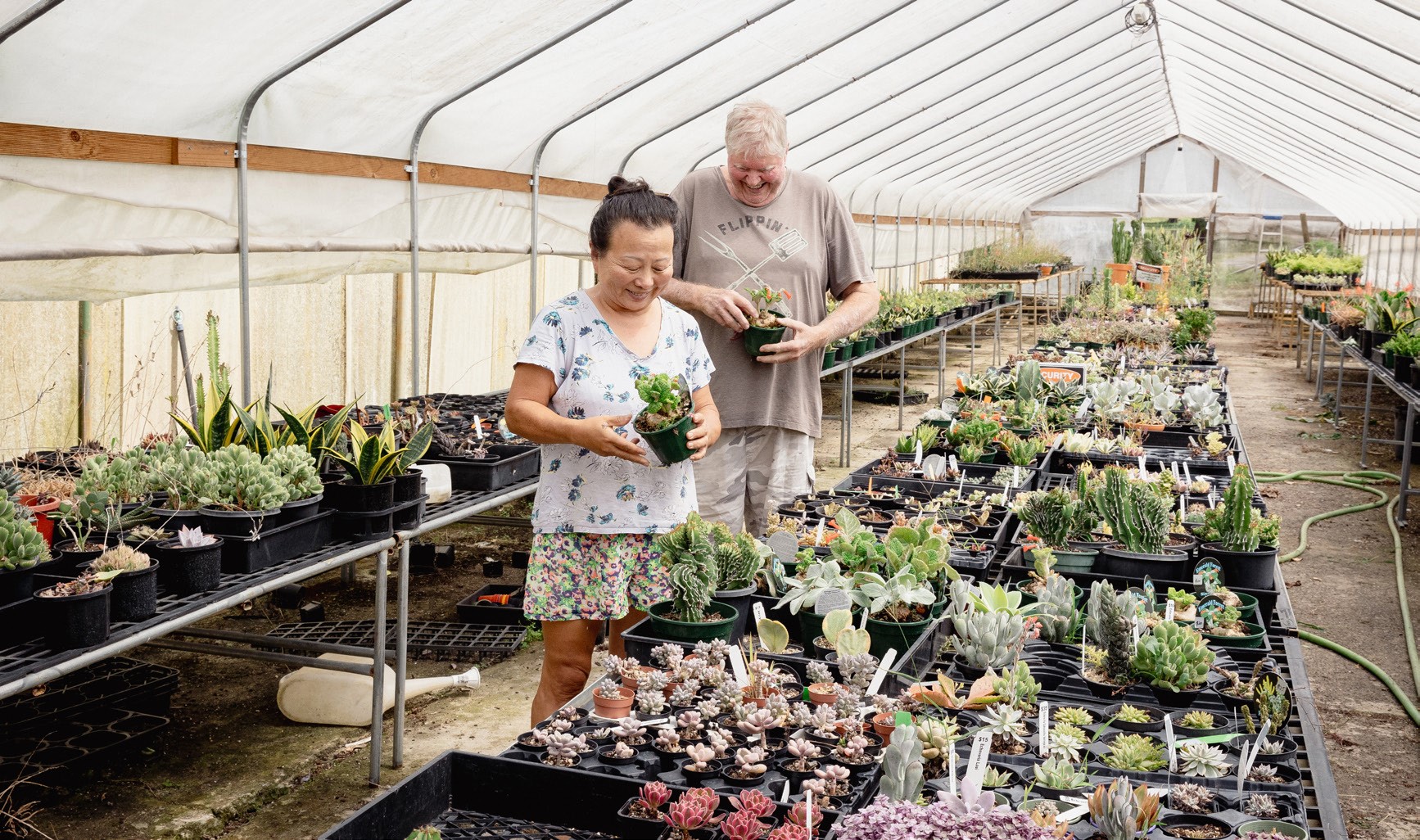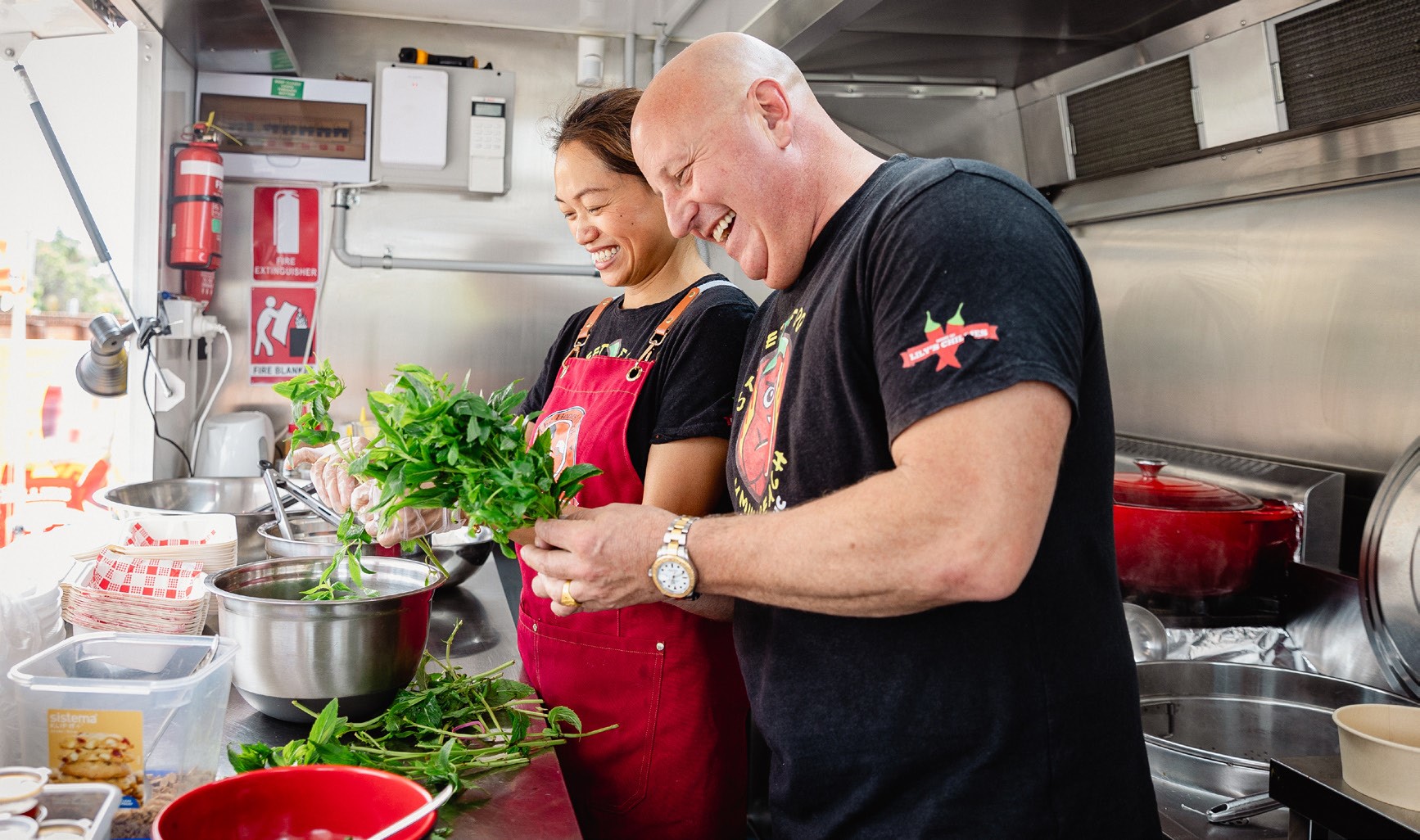Budget repair that puts people first
Families and business remain burdened by historically high inflation and a housing crisis
The people of NSW are doing it tough. After years of bushfires, floods and a global pandemic, high inflation and rising interest rates have left households and businesses under pressure.
Nowhere is this pressure felt more acutely than for housing. NSW has the highest mortgages of any state in the country and bears the greatest burden as interest rates rise.
In times of crisis, we realise what matters most. At a time of escalating costs, families need to know that the essential services we rely on are there to support us.
Budget repair over the past 12 months
15 months ago, the new Government was presented with a budget shortfall of $7.0 billion. The Government’s comprehensive review of expenditure reigned in ballooning expense growth for 2023-24 and beyond.
In our first budget, this Government also took significant steps to stabilise the State’s gross debt levels, suspending NSW Generations Fund (NGF) contributions in 2023-24, reforming the Transport Asset Holding Entity (TAHE), and saving more than $13.0 billion through the Comprehensive Expenditure Review.
By taking this action to stabilise our fiscal position and lower our debt, the Government was able to begin sustainable repair of our essential services and offer targeted support to help with housing, energy, tolls and healthcare – where people are feeling the most pressure.
Gross debt saving since Pre-election Budget Update (PEBU)

Source: NSW Treasury
Budget result before and after Commonwealth Grants Commission (CGC GST) reduction
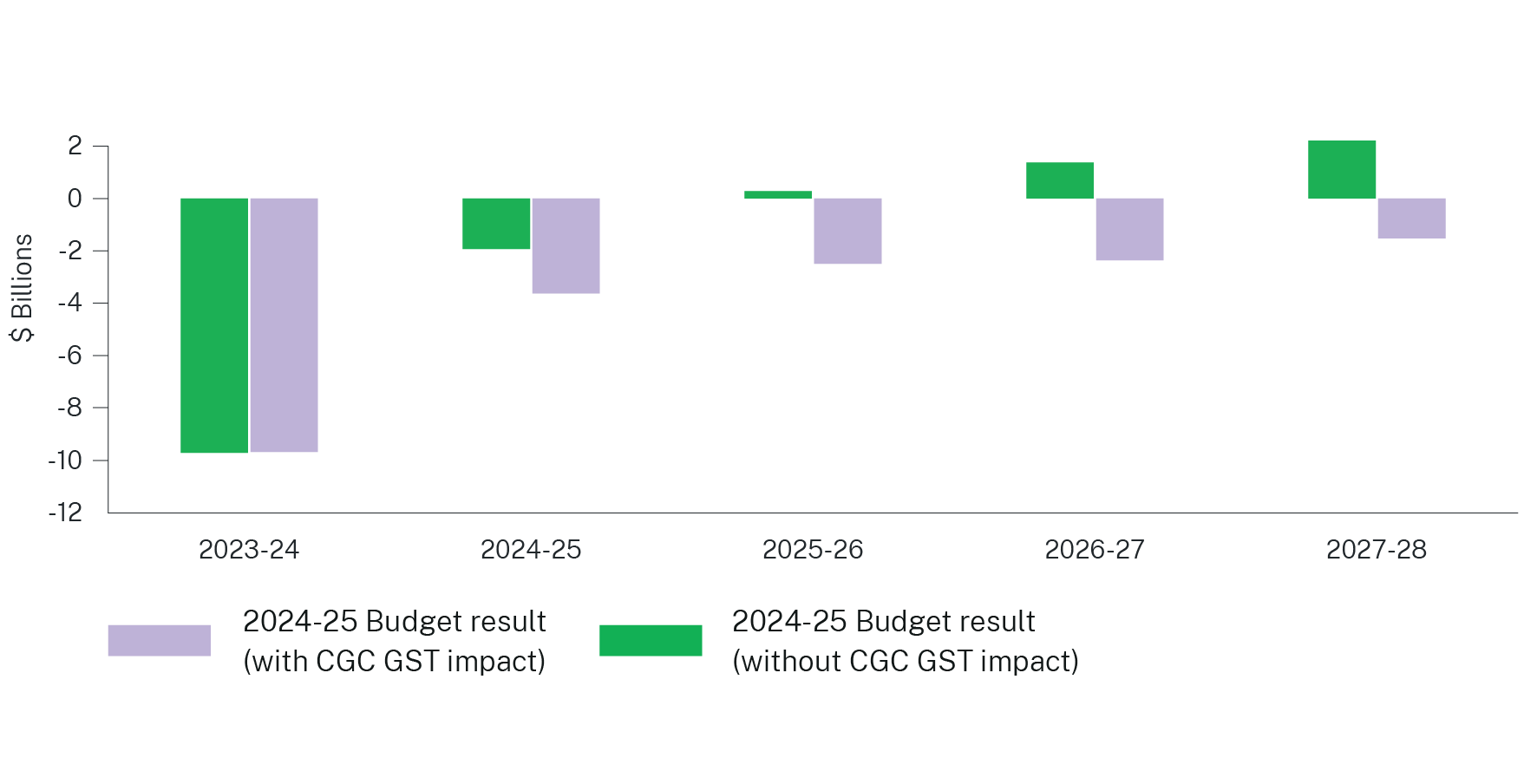
Source: NSW Treasury
Early signs of progress
In our first year, the NSW Government has made progress.
- 2,100 more nurses have been hired.
- Since announcing paid study for police recruits, there has been more than a 40 per cent increase in applications compared to the same period last year.
- There has been a 20 per cent fall in teacher vacancies, the beginning of the Government’s efforts to reduce teacher vacancies and lost learning in NSW public schools.
These are early signs that our approach to re-building our essential services is working. Our investments in safe staffing levels, pay for police recruits, new salary scales across the teaching profession and the abolition of the wages cap are already improving our health system, frontline policing and public schools.
While we have begun to make progress, we still have much to do to build a better NSW.
The GST rip-off
As we undertake this work, we must manage the fall out of having billions stripped out of the Budget by the Commonwealth Grants Commission’s 2024 GST decision.
The CGC’s decision in March to cut GST payments to NSW will cost our budget $11.9 billion over the next four years. The decision has taken more revenue from NSW than was lost in the COVID-19 pandemic.
A long-term plan for a better NSW
The 2024-25 Budget reflects the Government’s calm and methodical response to the unexpected shock of the Commonwealth’s GST decision. We will not sell off public assets or continue the past practice of undermining essential services by further suppressing wages.
The Government’s long-term plan remains to control expenses and reign in debt, to sustainably rebuild essential services. The unexpected downgrade of $11.9 billion Commonwealth revenue will stretch our resources for the foreseeable future. It means our path to recovery will be slower, but this Government will not pass on to the people of NSW the $11.9 billion hit from the CGC.
Expense outlook

Source: NSW Treasury
We can afford to make that choice because of the action we have taken – and continue to take – to stabilise the State’s gross debt trajectory. Gross debt was set to rise to $188.2 billion by June 2026 according to the 2022-23 Pre-Election Budget Update. Now, gross debt will be $9.3 billion lower by that time, even after absorbing the GST hit.
While we continue to reduce growth in debt and borrowings, the Government has had to redouble efforts to stabilise our operating position in the face of this new challenge. The projected deficit of $3.6 billion in 2024-25 will gradually reduce to a deficit of $1.5 billion in 2027-28.
From 2018-19 to 2022-23 the average growth of government expenses was 9.7 per cent. In this Budget, total general government sector expenses are projected to increase by an average rate of 1.7 per cent per year from 2023-24 to 2027-28.
While the road to repair will be slower than first thought, the deficit will fall by $6.0 billion between 2023-24 and 2024-25. In 2024-25, the Budget year, we expect to return to cash operating surplus after three years of borrowing to pay our running costs. These are the first steps toward building a better NSW – without privatisation, or an unfair wages cap.
A budget of must-haves
Because we have made careful choices, we can fund the things we need, continue fixing the things that need repair, and fight for our rightful share of Commonwealth revenues.
Our major initiatives include:
- a Bulk-Billing Support Initiative, which includes provision of tax relief to GP practices that meet bulk-billing thresholds
- delivering the homes that a growing city needs – along with health, education and transport infrastructure that communities need to thrive
- funding Western Sydney roads
- extending the Parramatta Light Rail
- building new public schools and funding new school upgrades and maintenance
- upgrading hospitals and health facilities across the State
- delivering record funding for disaster recovery
- expansion of services for mental health and domestic and family violence.
This overview outlines these plans, and more, as we make progress to build a better NSW.This overview outlines these plans, and more, as we make progress to build a better NSW.
